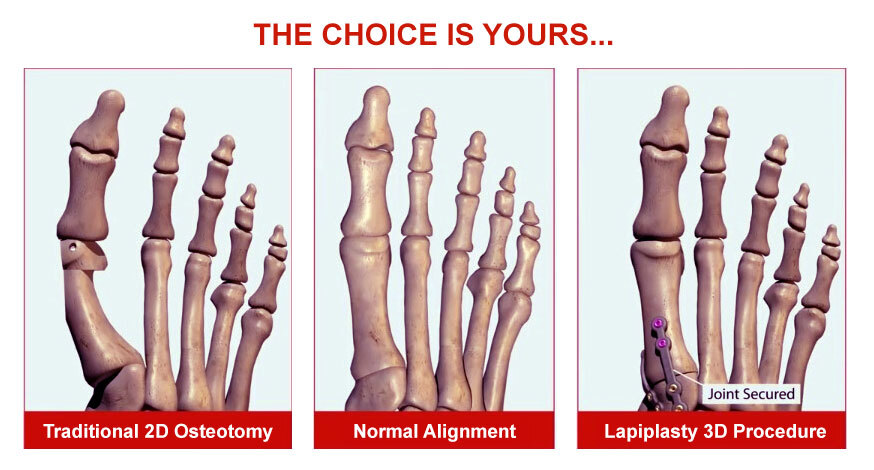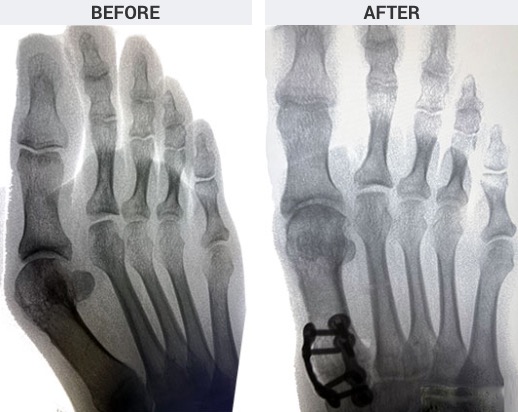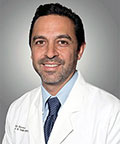- Home
- Advanced Treatments
- Lapiplasty 3D Bunion Surgery
Lapiplasty® 3D Bunion Correction
- Published 6/14/2022
- Last Reviewed 2/21/2025
Research shows that 33% of patients who have undergone traditional bunion surgery are left dissatisfied. What’s more, 70% of those unsatisfied patients had their painful bunions returned. With decades of experience, our surgical team is successfully putting an end to this with Lapiplasty 3D bunion correction.
Lapiplasty 3D Bunion Correction is an advanced surgical method that has transformed the treatment of bunions. Unlike traditional bunion surgeries, which primarily focus on reducing the bony bump, Lapiplasty 3D aims to correct the underlying structural misalignment of the foot to provide a lasting solution rather than simply shaving down the protruding bone.
- What is Lapiplasty?
- How does Lapiplasty work?
- What are the benefits of Lapiplasty bunion correction?
- Why trust UFAI with your Lapiplasty foot surgery?
- Expert Lapiplasty bunion surgery near me
- What happens prior to Lapiplasty surgery?
- What is Lapiplasty surgery recovery?
- Will lapiplasty surgery change my shoe size?
- Lapidus Bunionectomy vs. Lapiplasty, what’s the difference?
- Can I have Lapiasty after a failed bunion correction procedure?
- When can I drive after Laiplasty surgery?
- Is Lapiplasty surgery covered by insurance?
- What hardware is used during Lapiplasty?
- What happens if I do nothing about my bunion?
- Who's not a candidate for Lapiplasty?
- Are there any risks associated with Lapiplasty surgery?
- Does Insurance cover the cost of Lapiplasty 3D Bunion Surgery?
-
ABFAS® Board Certified in Foot Surgery and Reconstructive Rearfoot and Ankle Surgery. and Director of University Foot and Ankle Institute
Dr. Bob Baravarian DPM, FACFAS is a Board-Certified Podiatric Foot and Ankle Specialist. He is an assistant clinical professor at the UCLA School of Medicine and serves as Director of University Foot and Ankle Institute.
Dr. Baravarian has been involved in athletics his entire life and played competitive tennis in high school and college. He has an interest in sports medicine, arthritis therapy, and trauma/reconstructive surgery of the foot and ankle. He is also fluent in five languages (English, French, Spanish, Farsi, and Hebrew),
-
Foot and Ankle Surgeon at University Foot and Ankle Institute
Dr. Justin Franson, DPM, is a Board Certified Podiatric Foot and Ankle Specialist and Diplomate of the American Board of Podiatric Surgery. He attended the School College of Podiatric Medicine in Chicago, graduating in 2001. Dr. Franson then accepted a three-year residency program at the Greater Los Angeles VA and UCLA County Hospital.
Dr. Franson specializes in several areas including total ankle replacement and sports medicine. Treating athletes and weekend warriors like himself brings him a lot of joy. Dr. Franson keeps active with running marathons, triathlons, hiking, basketball, and golf.
Read From Our Blog: Articles About Bunion Surgery
- Is Bunion Surgery Covered By Insurance?
- Bunion Surgery for Seniors: What You Need to Know
- Bunion Surgery for Athletes: Can We Make It Less Disruptive?
- Pediatric Bunion Surgery
- The Link Between Foot Health and Posture
- Understanding Tailor's Bunions: Causes, Symptoms, and Solutions
- Bunion surgery gone wrong: what happens when your bunion surgery fails?
- 12 Tips to Prepare Your Home for Bunion Surgery Recovery
- Do Bunion Surgery Techniques Outlive their Usefulness? Yes!
- Non-Surgical Bunion Treatments
- Bunions vs. Big Toe Arthritis, What's the Difference?
- Little Toe Hurts? Four Things to Know About Pinky Toe Pain
- Got Big Toe Bumps and Lumps? Here’s 5 Things You Need to Know
- 16 Myths About Bunion Surgery Debunked!
- Metal Surgical Screws and Pins May Become Thing of the Past
- Finding the Best Bunion Surgeon: What You Need to Know
- 11 Common Foot Lumps and Bumps and What To Do About Them
- How to Choose Good Bunion Shoes (Even High Heels)!
- Beat the 6 Most Common Walking Pains
- The Least Instagram-able Baby Bump Ever: Pregnancy Bunions
 It can be very hard to find a doctor to one's liking but the five star reviews for this office speak to the quality of the doct...Lauren B.
It can be very hard to find a doctor to one's liking but the five star reviews for this office speak to the quality of the doct...Lauren B. Please provide handicap parkingBarry S.
Please provide handicap parkingBarry S. Office staff were friendly and efficient. Waiting area was spacious and tidy. Entire facility spotless. Dr. Franson explained e...Andrea T.
Office staff were friendly and efficient. Waiting area was spacious and tidy. Entire facility spotless. Dr. Franson explained e...Andrea T. Dr. Ambibola Johnson is awesome!Laurie S.
Dr. Ambibola Johnson is awesome!Laurie S. I appreciate the care and timeliness of all my appointments I’ve had at UFAI. Gray, Lydia and the staff all are wonderful. Lydi...Edelmira G.
I appreciate the care and timeliness of all my appointments I’ve had at UFAI. Gray, Lydia and the staff all are wonderful. Lydi...Edelmira G. Every time I visit Dr. Redkar, I know I am in for a pleasant visit. She is experienced in the care of your feet and ankles. She...Warren M.
Every time I visit Dr. Redkar, I know I am in for a pleasant visit. She is experienced in the care of your feet and ankles. She...Warren M. Very greatfull for the doctor and stuffJesus M.
Very greatfull for the doctor and stuffJesus M. Doctor was very caringBrigitte S.
Doctor was very caringBrigitte S. Everyone is very nice and efficient-
Everyone is very nice and efficient-
Especially Dr Kelman. He takes very good care of me!!Claudia K. Great costumer service.
Great costumer service.
Prompt and efficientDean W. No . I’m pleased with the care .Michael P.
No . I’m pleased with the care .Michael P. Appreciate the professionalism and expertise, as well as the caring.Stella G.
Appreciate the professionalism and expertise, as well as the caring.Stella G.
-
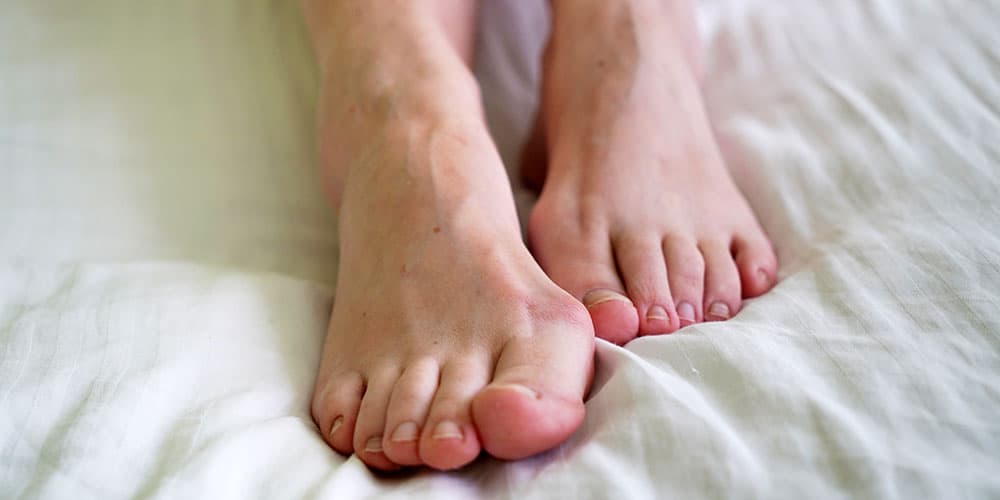 Listen Now
Bunion surgery gone wrong: what happens when your bunion surgery fails?
Read More
Listen Now
Bunion surgery gone wrong: what happens when your bunion surgery fails?
Read More
-
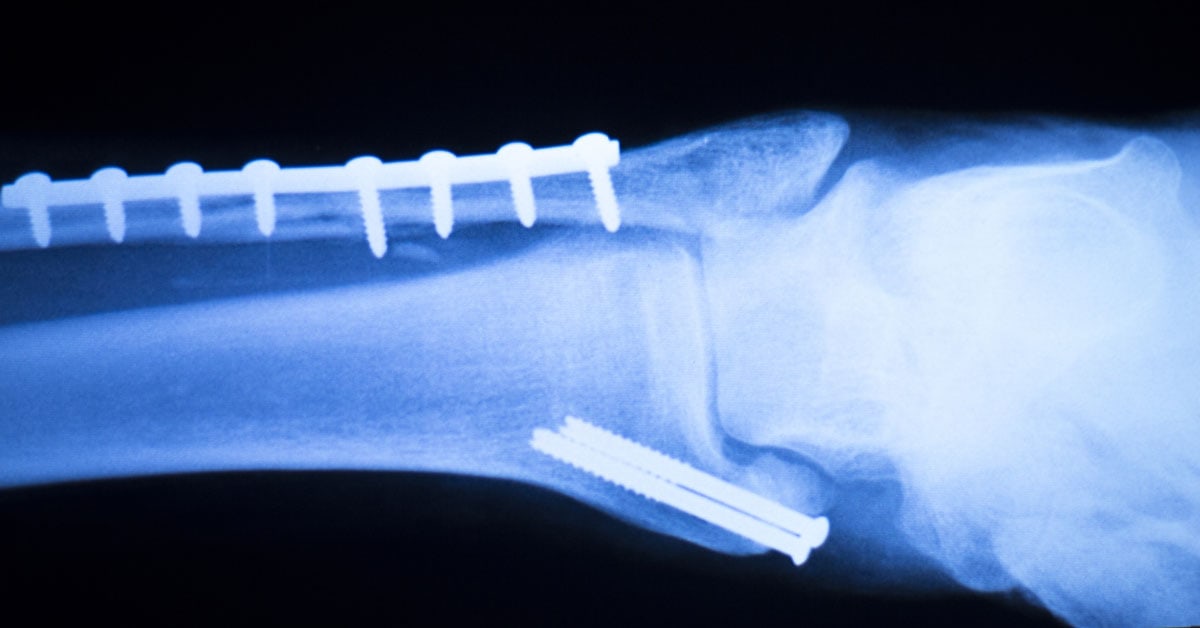 Listen Now
Metal Surgical Screws and Pins May Become Thing of the Past
Read More
Listen Now
Metal Surgical Screws and Pins May Become Thing of the Past
Read More
-
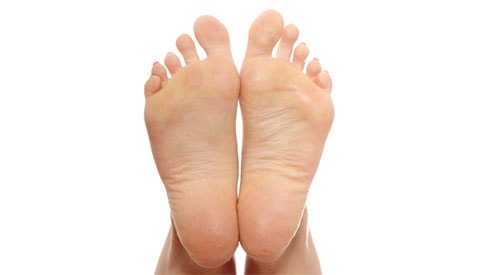 Listen Now
Bunions vs. Big Toe Arthritis, What's the Difference?
Read More
Listen Now
Bunions vs. Big Toe Arthritis, What's the Difference?
Read More
-
 Listen Now
Bunion Surgery for Seniors: What You Need to Know
Read More
Listen Now
Bunion Surgery for Seniors: What You Need to Know
Read More
-
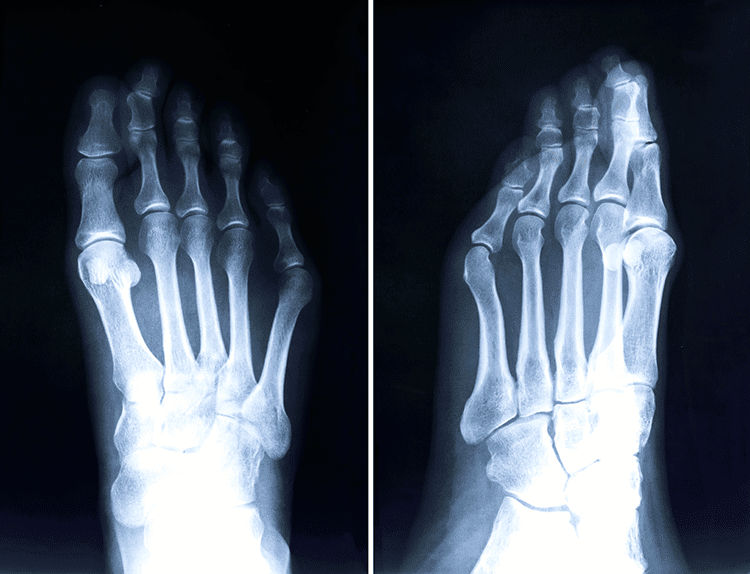 Understanding Tailor's Bunions: Causes, Symptoms, and Solutions
Read More
Understanding Tailor's Bunions: Causes, Symptoms, and Solutions
Read More
-
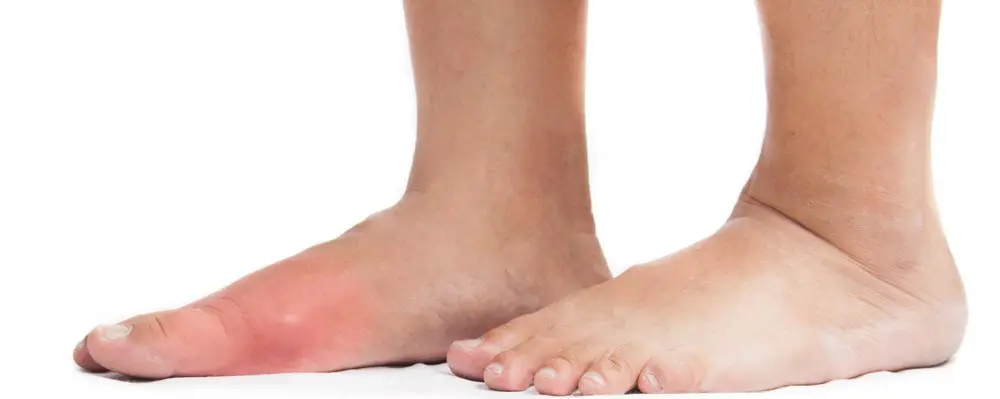 Listen Now
Got Big Toe Bumps and Lumps? Here’s 5 Things You Need to Know
Read More
Listen Now
Got Big Toe Bumps and Lumps? Here’s 5 Things You Need to Know
Read More
-
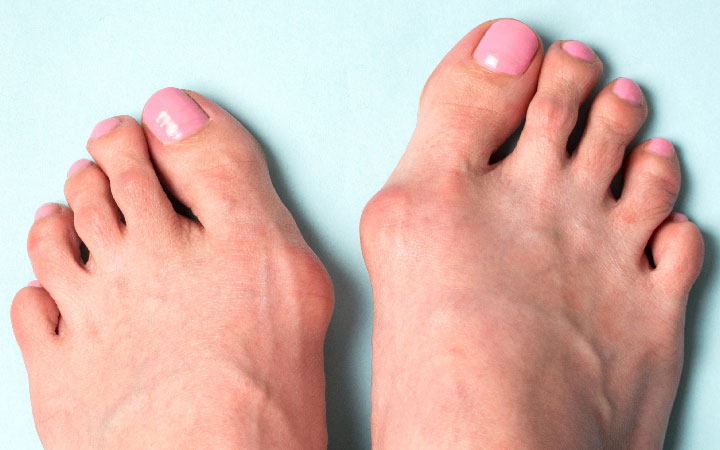 Listen Now
Non-Surgical Bunion Treatments
Read More
Listen Now
Non-Surgical Bunion Treatments
Read More
-
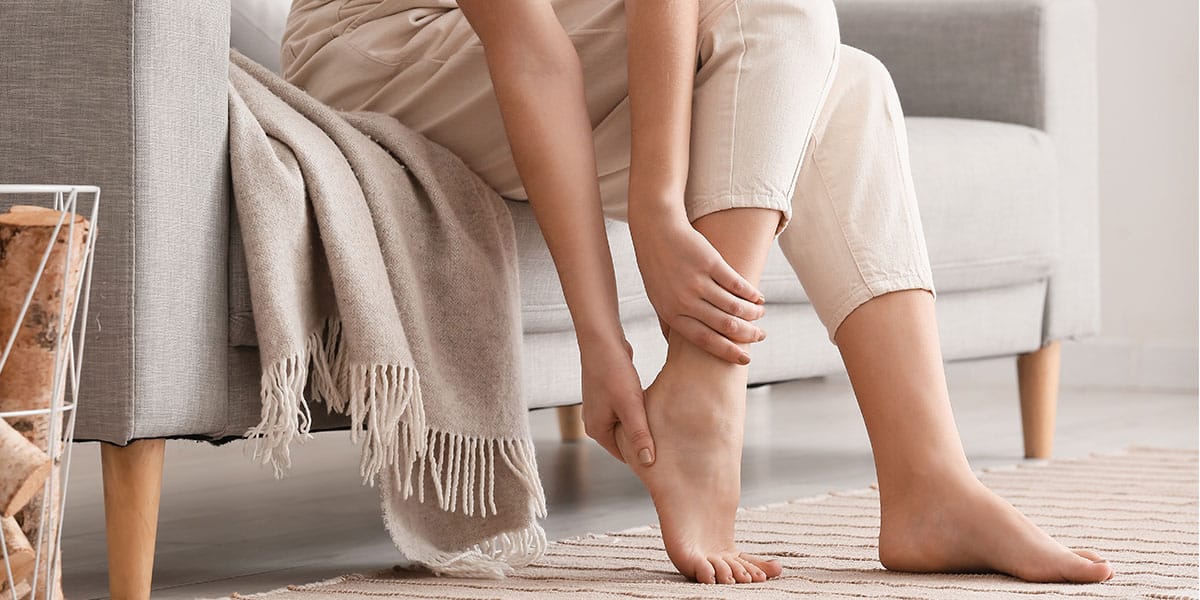 Listen Now
The Link Between Foot Health and Posture
Read More
Listen Now
The Link Between Foot Health and Posture
Read More
-
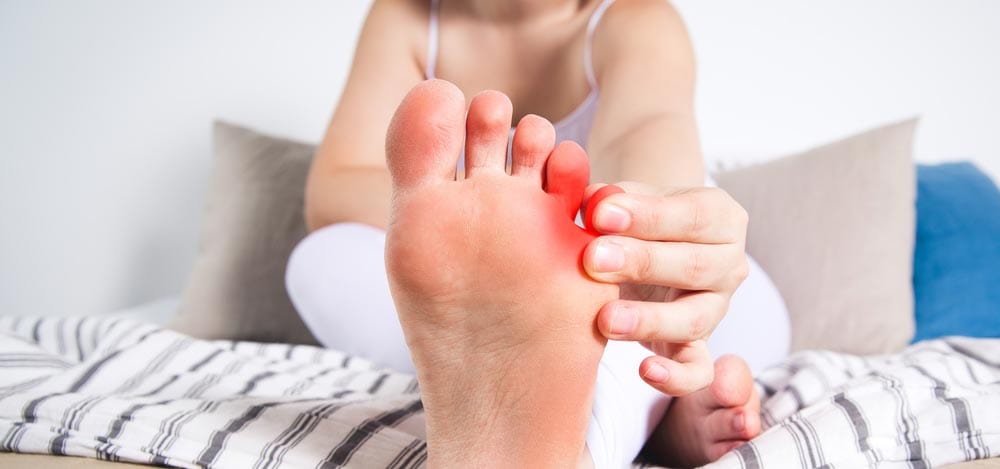 Listen Now
Little Toe Hurts? Four Things to Know About Pinky Toe Pain
Read More
Listen Now
Little Toe Hurts? Four Things to Know About Pinky Toe Pain
Read More
-
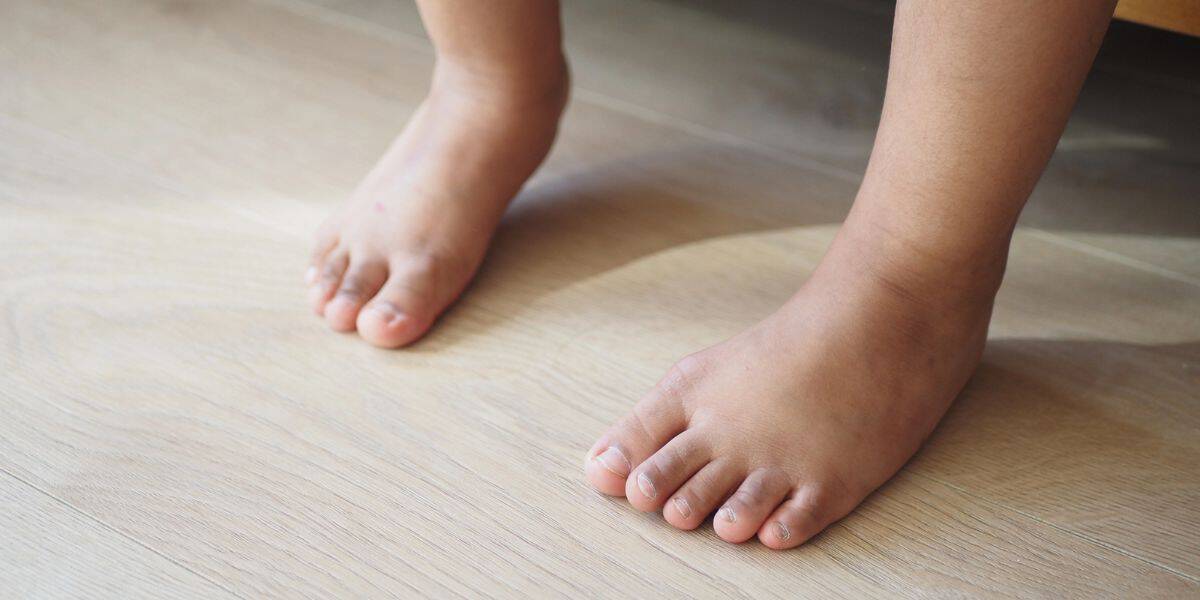 Listen Now
Pediatric Bunion Surgery
Read More
Listen Now
Pediatric Bunion Surgery
Read More
-
 Listen Now
Bunion Surgery for Athletes: Can We Make It Less Disruptive?
Read More
Listen Now
Bunion Surgery for Athletes: Can We Make It Less Disruptive?
Read More
-
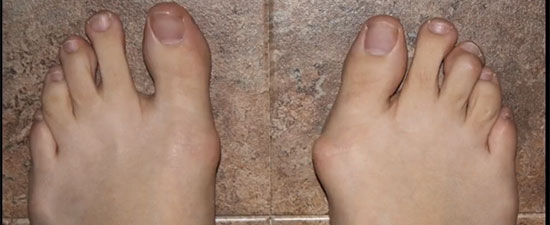 Listen Now
16 Myths About Bunion Surgery Debunked!
Read More
Listen Now
16 Myths About Bunion Surgery Debunked!
Read More
-
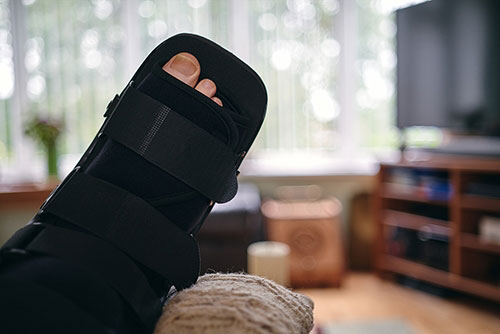 Listen Now
12 Tips to Prepare Your Home for Bunion Surgery Recovery
Read More
Listen Now
12 Tips to Prepare Your Home for Bunion Surgery Recovery
Read More
-
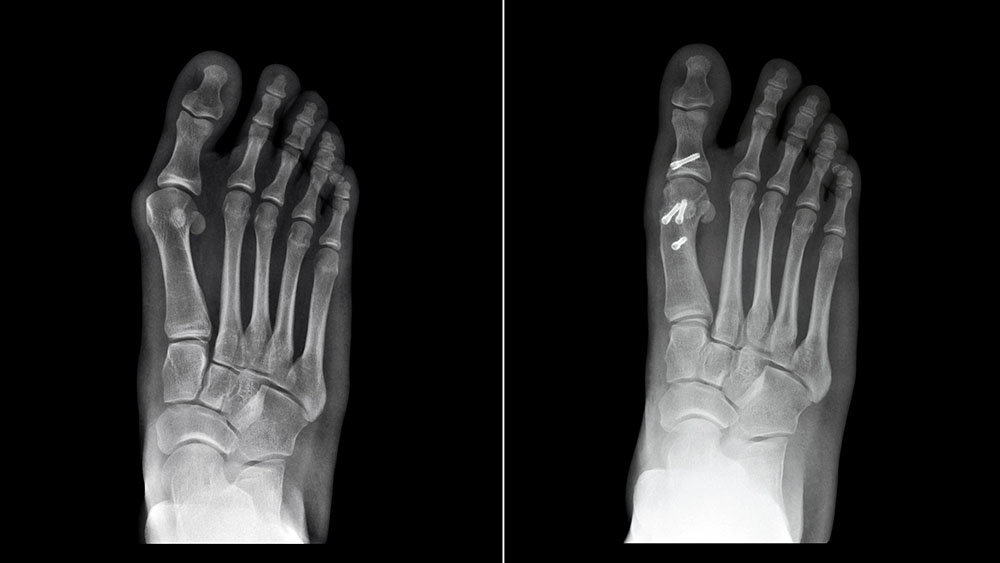 Listen Now
Do Bunion Surgery Techniques Outlive their Usefulness? Yes!
Read More
Listen Now
Do Bunion Surgery Techniques Outlive their Usefulness? Yes!
Read More
-
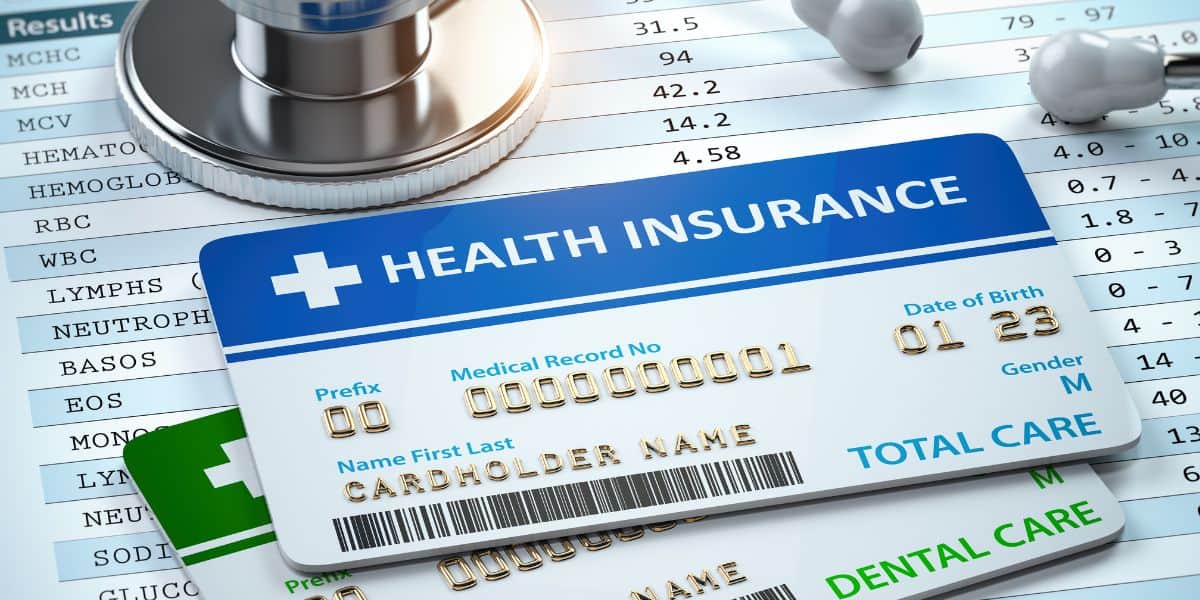 Listen Now
Is Bunion Surgery Covered By Insurance?
Read More
Listen Now
Is Bunion Surgery Covered By Insurance?
Read More
